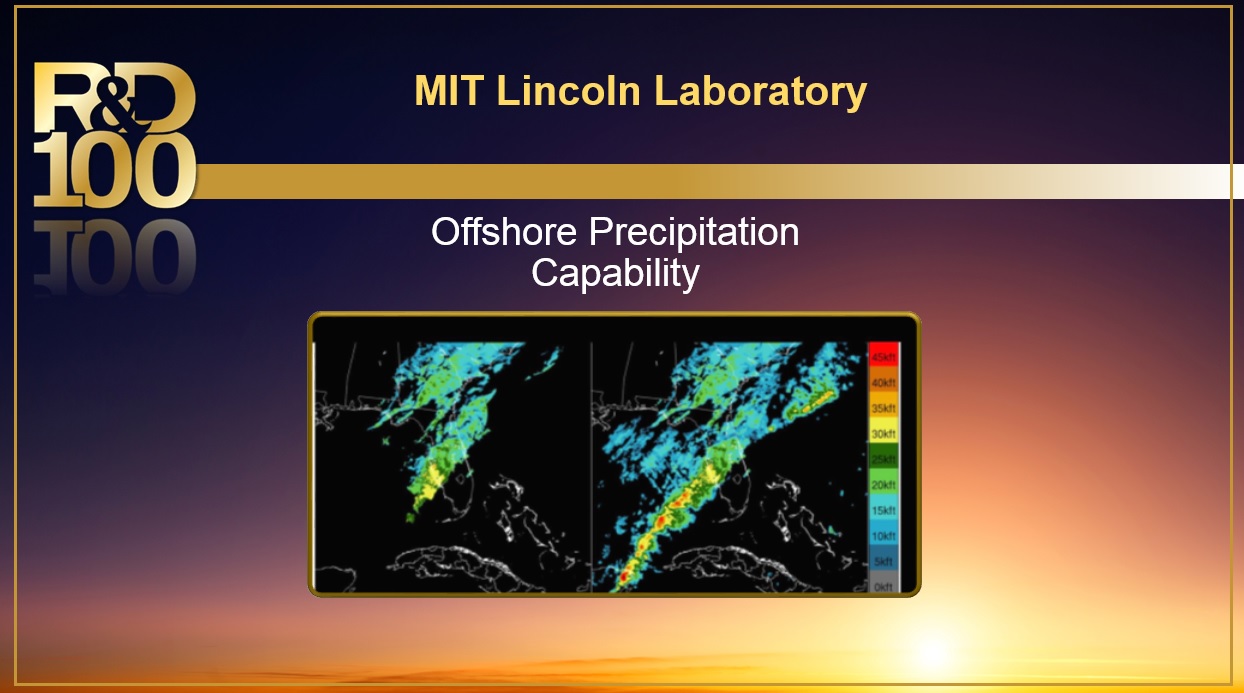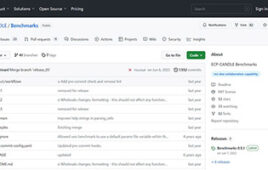
Air traffic controllers rely heavily on weather radar to detect and reroute aircraft around storms that may contain hail, strong updrafts, icing and other conditions that are hazardous to air travel. While land-based radar provides reliable data throughout the continental United States (CONUS), its effectiveness offshore and beyond is limited or nonexistent. These constraints result in serious concerns for controllers who manage the large number of aircraft traversing offshore and oceanic sectors of the National Air Space (NAS). The 2016 R&D 100 award winner Offshore Precipitation Capability(OPC) is a system designed to address this lack of airspace situational awareness by providing “radar-like” depictions of precipitation intensity and storm height in regions that are outside weather radar coverage.
These radar-like depictions are created by fusing together various non-radar data from regions in which radar data are diminished or nonexistent. These non-radar data are used to estimate radar-like fields include lightning detections (cloud-to-ground and inter-cloud), geostationary satellite) data and numerical weather prediction model output (temperature, pressure, forecasted rain rate, etc.). These data sources are combined by using a supervised machine learning framework. The OPC model is “trained” to generate products normally derived from actual weather radar measurements.
Each year for more than 50 years, R&D Magazine has honored the 100 best innovations in research and development. We are currently accepting applications for the 2017 R&D 100 Awards. Innovators with an exceptional product developed between January 1, 2016 and March 31, 2017 should apply. Submissions close April 14, 2017
For information on the 55th Annual R&D 100 Awards and to enter visit http://www.rd100conference.com




